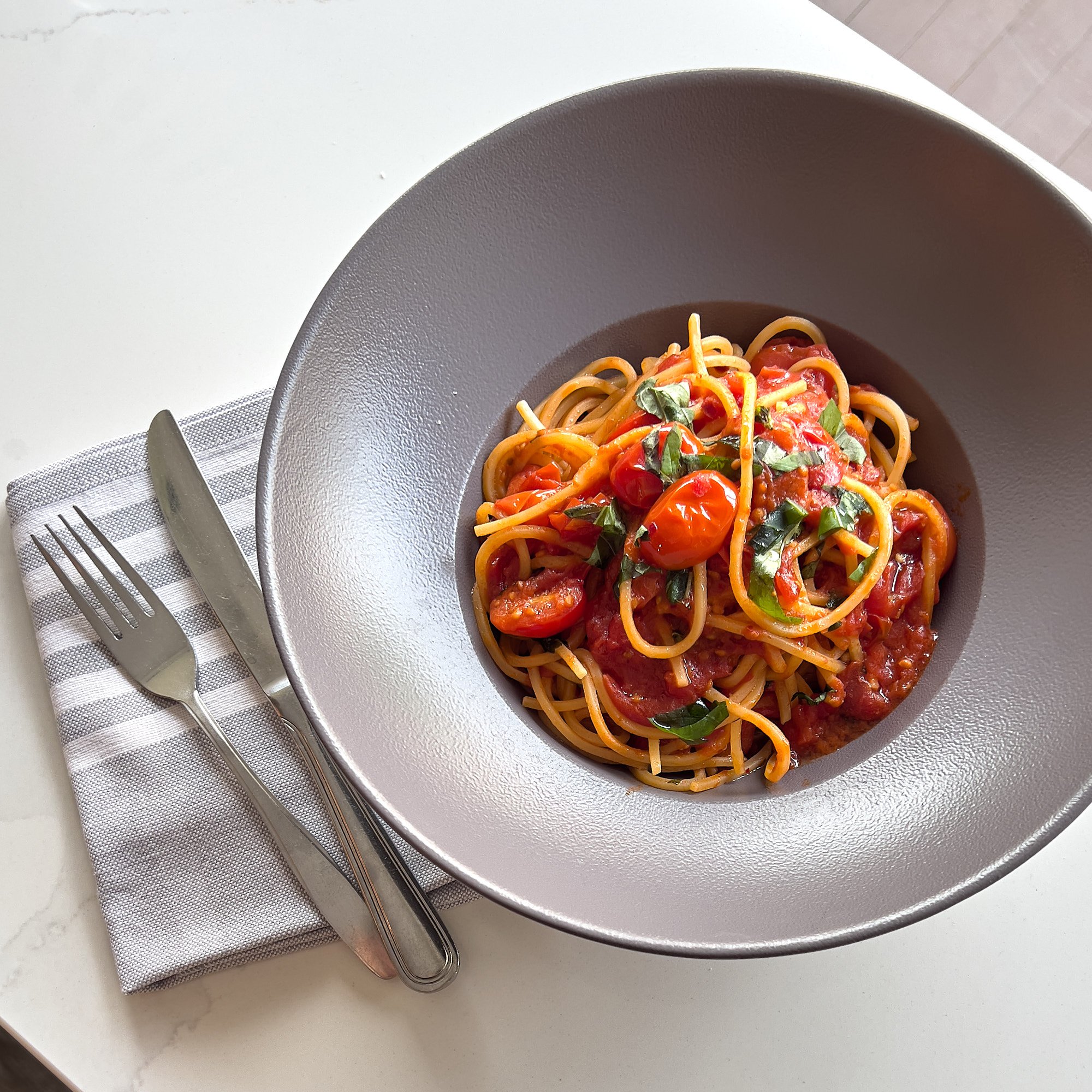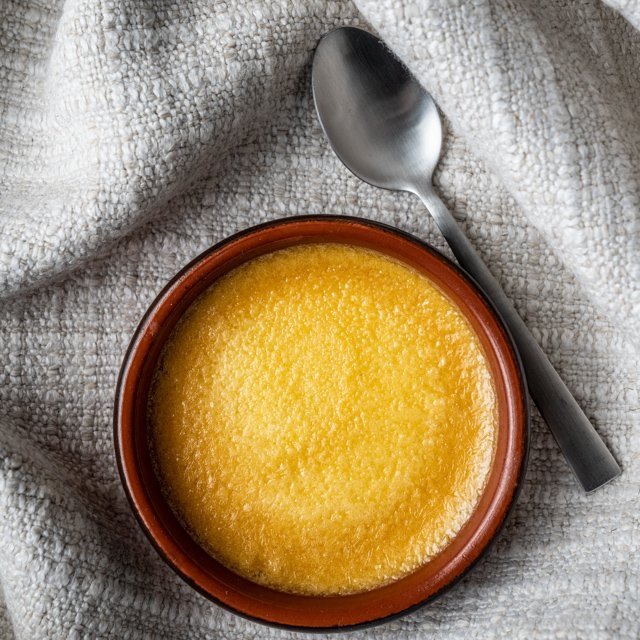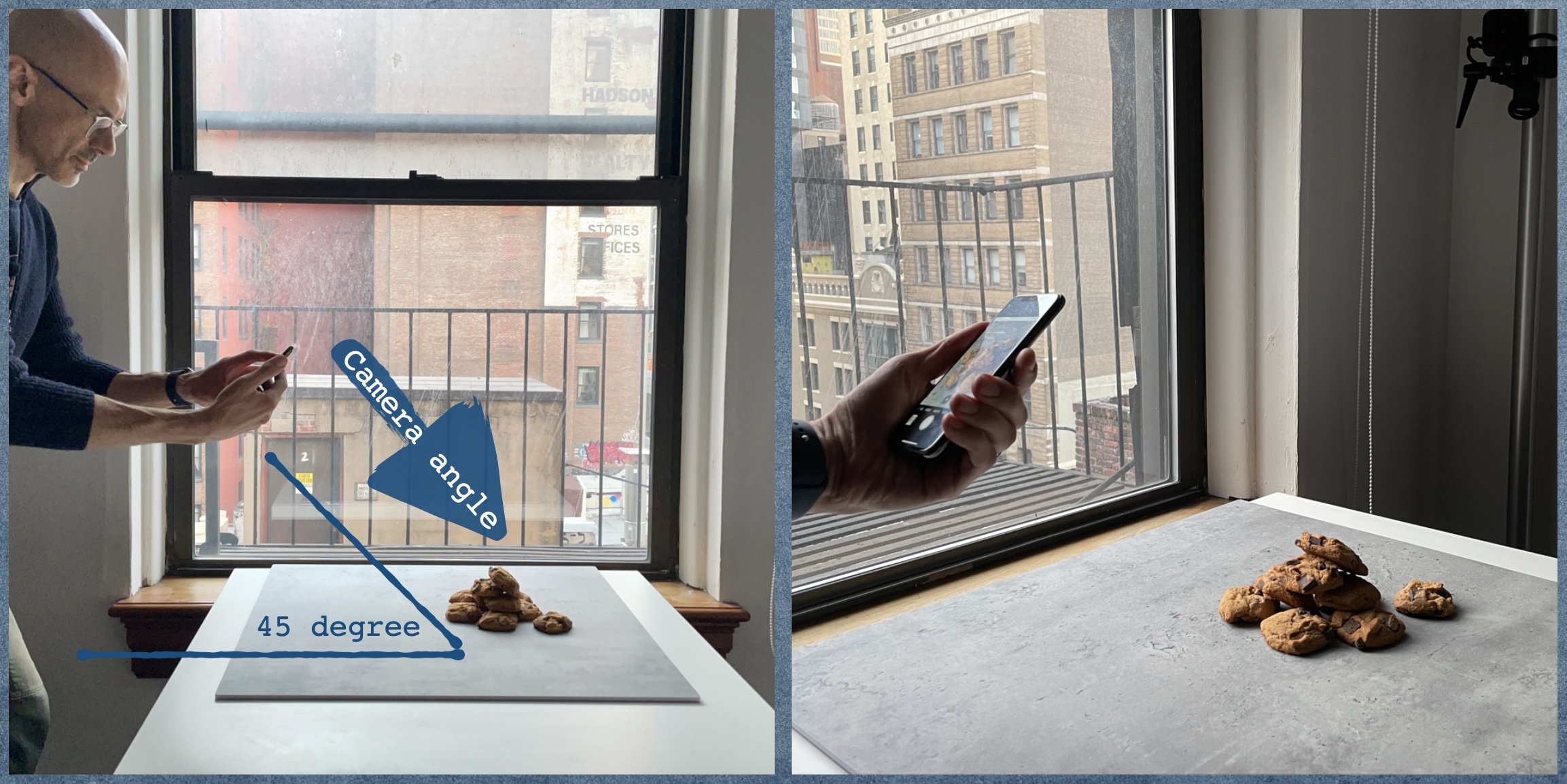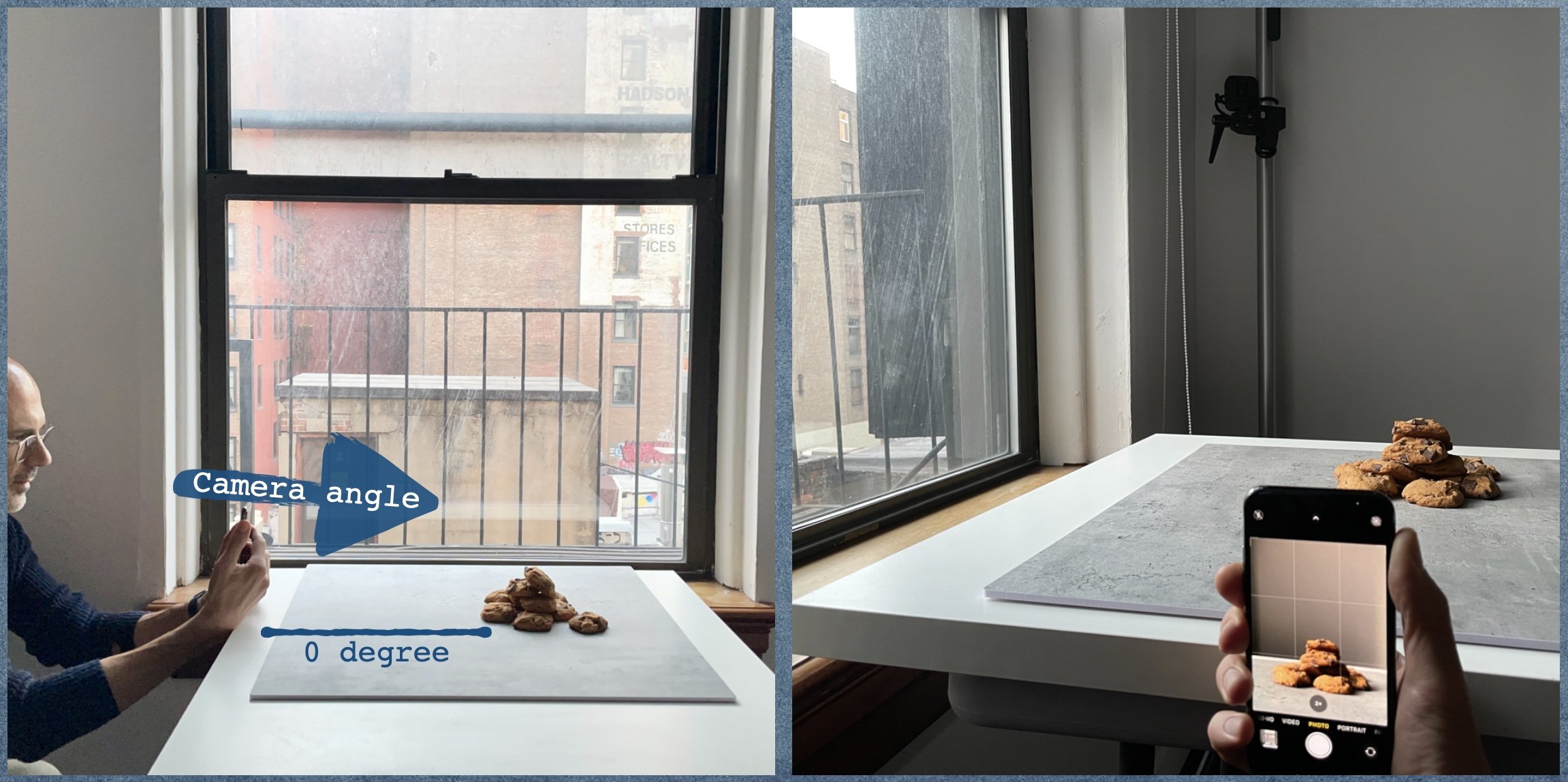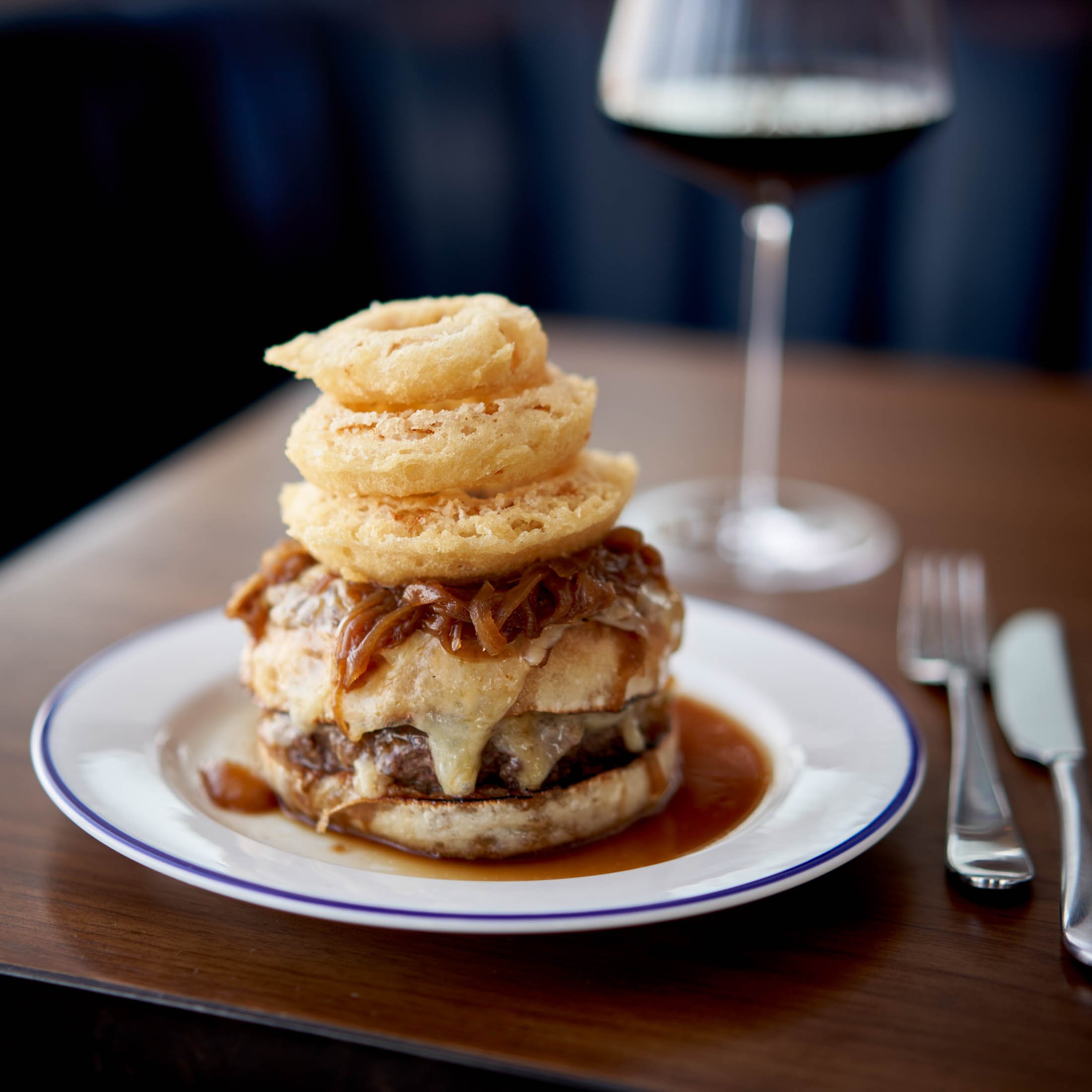For business owners in the culinary realm, hiring a photographer is about problem-solving. Specifically, creating content that aligns seamlessly with your overall communication strategy. The way you address this challenge can vary.
📸 Behind the Lens: Crafting Culinary Artistry Amidst Challenges 📸
📸 Nailing the brand's vibe 📸
📸 The Science of Showcasing Powder: Creating Visual Magic with Light and Background
Ever scrolled through your Instagram feed and stumbled upon those enchanting powder-sprinkled drink shots that seem to jump off the screen? It's like the flavors are dancing before your eyes!
Let's dive right into the heart of the matter – the art of transforming ordinary powder-sprinkled shots into captivating visual stories that resonate deeply with your audience. It's all about mastering two fundamental aspects.
🍖 Savoring Every Slice: A Steak Story in Motion 🍽️
So, is food photography just about getting the lighting right? Not at all! While mastering the lighting tricks doesn't need a PhD, the real deal is crafting an experience that goes beyond stunning visuals. It's about walking you through every step seamlessly. From the moment you ask for a quote, through our chats, paperwork, prep, the actual shoot, delivery, invoicing, and keeping up to ensure everything hits the mark and exceeds your expectations. With pros like us, it's not just about a pretty picture; it's about an entire journey.
📸 Mastering Culinary Visuals: Capturing the Grace of Powdered Sugar 🍬
Striking the Perfect Balance: The Art of Blur & Clarity in Food Photography
As restaurant and food brand owners, understanding the delicate dance of blur and clarity in food photography can greatly impact how you present your culinary creations to your audience. Bokeh, when used thoughtfully, draws attention to important elements of your delicious dishes and elevates the visual appeal of your menu. However, a crucial aspect often overlooked is the need to maintain the dish's identity and context.
Can you send me a quote?
Your Expensive Professional Camera Is Useless
Finding the Right Professional Food Photographer - Part 3
When it comes to selecting a food photographer for your restaurant, reviewing their portfolios is a crucial step in the decision-making process. A portfolio not only showcases a photographer's skills and expertise but also gives you a glimpse into their artistic style and ability to capture the essence of different cuisines. In this blog post, I'll guide you through the process of reviewing portfolios effectively, helping you find the perfect food photographer who can bring your culinary creations to life through captivating visuals.
Finding the Right Professional Food Photographer - Part 2
Congratulations! You've done your research and have a shortlist of three potential food photographers for your restaurant. Now comes the exciting part: narrowing down your selection and finding the perfect match. In this blog post, we'll walk you through the best practices for making your final decision, including key questions to ask and things to consider. Let's dive in!
Finding the Right Professional Food Photographer - Part 1
Pricing for Professional Food Photography (for Restaurant Owners)
Can a Smartphone Be Better Than a Professional Camera? Really?
The Most Common Food Photography Question
What’s the best camera for Food Photography?
ME: What’s your goal? What do you want to achieve with the camera you’re willing to buy? (Don’t you hate it when people answer a question with another question, let alone two questions? 🤣).
THEM: I want to take great food images.
ME: Do you know the fundamentals of Food Photography?
THEM: I guess….maybe… I’m not sure and that’s why I need a camera that takes great images.
ME: Are you aware of the fact that the camera alone will not guarantee great images, no matter how advanced, fantastic and expensive that is?
THEM: Oh, no, I just thought a great camera is what I needed to get started in food photography.
ME: Have you considered learning the fundamentals before investing a ton of money and time into a camera system?
THEM: What do you mean?
ME: That you can start learning the fundamentals of Food Photography right this second. In fact, I’m pretty confident you own a smartphone and that is not older than 3 years. So, you do have a camera already.
THEM: Really?
ME: Yes, really. Unless you know how to light and compose a food image, an expensive and complicated camera will not bring any tangible benefits. On the contrary, it can be a huge source of frustration because you might be expecting great food images from the very first moment you start shooting with it and that is very unlikely to happen, unless you know lighting.
Look at this image, do you find it beautiful? Do you find it pleasant to look at?
THEM: Not really.
ME: I agree, it’s horrible. Yet it was shot on a $5500 Sony pro system. You see where I’m going with this?
THEM: Wow.
ME: Now take a look at these images.
ME: Pretty nice, right? Well, they were shot on an iPhone.
THEM: Really? But that’s probably because you know what you are doing.
ME: Bingo! You FIRST need to know what you’re doing, then you can worry about the camera. Your first worry needs to be to learn lighting!
THEM: How do I learn about lighting?
ME: YouTube ‘University’ of course! 🤣 I’m not kidding, there’s more free content on Food Photography online than anyone can ever consume! And you might consider enrolling in one or several courses in order to speed up the learning. Yes, it normally takes a lot longer to learn things through free content, because that content happens to be scattered around across so many sources, hardly an efficient way to learn. I happen to have designed a great and compact course on the subject, but I think you should still explore your free options first and see if those works for you.
Just remember: your goal is to first learn lighting.
THEM: But what if I still want to start from the camera?
ME: Be my guest, nothing wrong with that, of course! As long as you are aware that the camera by itself is not enough to take great food images. Tell me what your budget is and I’ll be glad to point you in the right direction.
At this point the conversations can go on for quite a while as there’s no shortage of options when it comes to gear for food photography. On the bright side, it’s really hard to go wrong when it comes to the actual camera body, the quality is extremely high even for the low-end options. Lenses are a totally different story on the other hand and they can really make a difference. For that reason, I strongly encourage you to focus on the lenses (the good ones will last you a lifetime) and NOT on the camera body (you will upgrade it several times throughout the years).
My answer to the question above
Put as much of your budget as possible on the lense(s) and as little as possible on the camera body. Pretty much any brand will do.
Do you need more help with food photography?
Join my free newsletter and/or enroll in my Smartphone Food Photography course.
May the right light be with you! ☀️📷😀
Your Camera Is Not THE Problem
Lighting is BY FAR, the most important one of them and, if you’re just starting out, the camera you’re using is the least important one. If lighting is not great, it doesn’t matter how great your composition is, it doesn’t matter how good you are with editing and it doesn’t matter how incredible your camera is.
What's The Best Camera Angle in Food Photography?
That depends! There are three main options:
Top Down or 90 degree angle
45 degree angle
Straight on or zero degree angle
How do we choose the camera angle?
Your job is to find the camera angle that enhances your food subject as much as possible and tells the story you have in mind in the best way possible. That means the camera angle will depend on the food and the story. In other words, there is no straight answer to the question: What camera angle should I use?
That being said, there are guidelines that will help you quite a bit, specially if you’re just starting out and you don’t really know where to start from. So, forget the camera angles and instead start by looking at the shape of the food you want to capture.
Is the food predominantly tall (burger, stack of pancakes, tall cake, etc)?
In most cases, and especially if the food item is the true protagonist of the story (it’s NOT a tablescape with several different protagonists), you should NOT use a Top Down camera angle. If you do, you’re going to miss the height of the food and the food will look flat! You should instead start exploring the angles ranging from 45 degrees or so all the way down to 0 degrees or Straight On camera angle. I want to stress the exploring part of the previous sentence. You need to try and explore as much as possible and you need to observe as many images as possible in order to develop your eye and understand what works and what doesn’t.
Is the food predominantly FLAT (pizza, some soups, slice of bread, etc)?
In this case you can safely exclude the Straing On camera angle and start from the Top Down camera angle and explore the angles all the way down to maybe 45 degrees or so.
Is the food not really tall and not really flat? (pasta, some sandwiches, salads, etc)?
You can start with the 45 degree camera angle and explore moving towards the Top Down camera angle AND towards the Straight On camera angle. In most cases, you’ll end up with best results in the range 25-70 degrees.
We might not have the exact answer to the question above, yet these guidelines should be able to provide you with a pretty good idea of where to start with. I suggest you observe as many images as possible and focus on the camera angles used in those images. Also, more than one camera angle could work in some cases, so make sure you keep exploring, even if you think you’ve become quite good at this.
Hope this helps!
DO YOU NEED MORE HELP WITH FOOD PHOTOGRAPHY?
Join my free newsletter and/or enroll in my Smartphone Food Photography course.
May the right light be with you! ☀️📷😀
NEVER Do This in Food Photography!
One of the most common mistakes in food photography? Using an ON-CAMERA flash.
Have you ever found yourself in a restaurant at night and the light just isn’t enough to show the fantastic food they just brought to you? Yet you really want to take a photo (I know the feeling). So, what’s the most natural (yet WRONG) thing you tend to do in order to take that photo? You turn on the flash on your camera (no matter if we are talking about a smartphone camera or a stand-alone professional camera) and take that photo.
NEVER DO THAT (again)! Please.
The thing is that lighting is by far the most important component when it comes to photography (the other components are: composition, editing and camera). So, all things being equal (subject, composition, props, etc), the difference between a beautiful photo and a mediocre one, is going to be determined by the lighting. In particular, it’s going to be determined by the direction of the light you’re using.
Light coming from the same direction as your camera will result in mediocre (if not horrible) images. And that has NOTHING to do with the actual camera you’re using. The results are going to be nearly identical with a $500 smartphone camera or a $10000 professional camera system.
SO WHY IS FLASH SUCH A PROBLEM IN FOOD PHOTOGRAPHY?
Because the on-camera flash is sitting right next to the camera lens in both smartphones and stand-alone cameras (see images below). That means the light is coming exactly from the same direction as the camera and is going to result in mediocre (if not horrible) images.
Camera and flash in smartphones
Flash on stand-alone camera
JUST LOOK AT THE TWO IMAGES BELOW
Everything is exactly the same when taking these images, except for lighting.
The very same subjects shot with the very same camera from the very same spot look SO different just by the lighting being different! The image to the left is shot using a simple window light coming from the top/top-left corner. The image to the right is shot with the only light being the light coming from the on-camera flash.
Hope this was useful and will make you think twice before blaming yourself (or your camera) for that photo you just took in that dark restaurant with your flash on.
It’s not you.
It’s not your camera.
It’s the lighting that is wrong!
HOW TO CREATE BEAUTIFUL LIGHT FOR FOOD PHOTOGRAPHY?
1) Find a window that doesn’t have any direct sunlight shining through.
2) Turn off all lights in the space where you’re photographing.
3) Never use front light (light coming from the same direction as the camera), see image below.
These three simple rules will take you a long way.
DO YOU NEED MORE HELP WITH FOOD PHOTOGRAPHY?
Join my free newsletter and/or enroll in my Smartphone Food Photography course.
May the right light be with you! ☀️📷😀
Great Food Photography with Just a Smartphone?
I'm back!
It’s been a while. I’m back and happy to start sharing what I know about the art of food photography and the photography business in general.
Many things have happened in the past two years and my photography business went through a major income trouble due to COVID19 that also led to me getting into the biggest rut of my entire creative life.
Things are looking better now and I’m out of the rut thanks to many factors. One of the major factors has been me joining Clubhouse and finding a ton of like-minded (and like-troubled) people that I was able to connect with on a much deeper level compared to any other social media platform.
The connection with an amazing community of artists and business people has nudged me to finishing a project I had started in the fall 2020 and that got totally stuck (due to the rut I was in) this past January. I realized how much help I can offer to the community and I’m currently in the process of finalizing my very first course in food photography that will be available to the general public.
SMARTPHONE FOOD PHOTOGRAPHY is only weeks away from being born and the intention is to help those who struggle with food photography because they lack the means and/or the willingness and/or the time to deal with a camera other than their smartphone. Yes, I want to help the chefs out there, the food bloggers, the foodies, the beginners food photographers, and, in general, those who need help taking great images just with their smartphone.
If you are one of those, I truly hope you’ll join me and you’ll realize how easy it can be to take amazing food images once you have a complete blueprint outlining every single step of the way. I will teach you how to find the best light for your images, how to compose them, how to use your smartphone as a camera and how to edit your images on your smartphone before sharing them on your favorite platforms.
I will also offer a free consultation call if you need any help with your next steps no matter if you’re an aspiring photographer or someone who just wants to be able to take great images with just their smartphone.
Stay tuned and have fun shooting!







